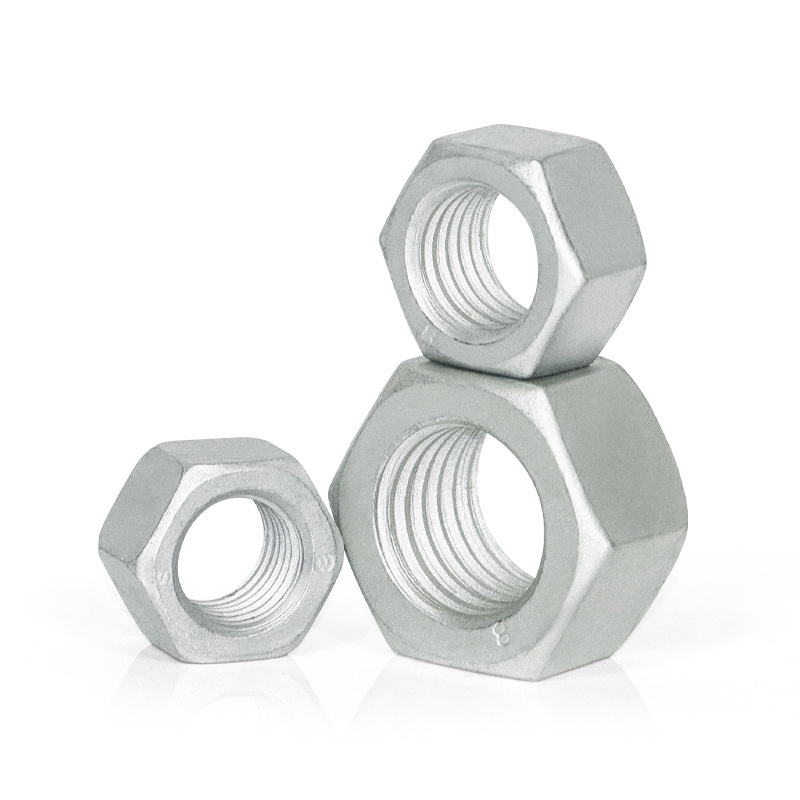

m16 threaded rod
नवम्बर . 08, 2024 21:57 Back to list
m16 threaded rod
Understanding M16 Threaded Rods Applications, Specifications, and Benefits
Threaded rods are often unsung heroes of construction and manufacturing, anchoring together various components while providing a reliable fastening solution. Among the myriad of threaded rods available in the marketplace, the M16 threaded rod is particularly noteworthy. This article explores what M16 threaded rods are, their specifications, applications, advantages, and how they are utilized in various industries.
What is an M16 Threaded Rod?
An M16 threaded rod is a cylindrical metal rod with a diameter of 16 millimeters and a continuous thread running along its length. The M denotes the metric system, which is widely used in engineering and construction across the globe. The length of M16 rods can vary, and they are usually categorized based on their strength, material, and thread type — coarse or fine. The standard pitch for M16 rods is generally 2.0 mm; however, fine threads with a pitch of 1.5 mm are also available for specific applications where a tighter fit is required.
Specifications
The specifications of M16 threaded rods are governed by various industry standards, including the ISO metric screw thread system. Here are key specifications
1. Diameter 16 mm 2. Length Varies from a few centimeters to several meters depending on the specific application. 3. Thread Pitch Typically 2.0 mm for coarse threads, but can be modified according to requirements. 4. Material M16 rods can be made from various materials, including carbon steel, stainless steel, and even high-strength alloys. Each material offers different properties such as corrosion resistance, tensile strength, and durability.
Applications
M16 threaded rods are versatile components used across various sectors
. Their applications include1. Construction M16 rods are widely used in construction projects as structural supports, anchors, and ties. They often hold together beams, columns, and other critical elements to ensure stability.
2. Automotive In the automotive industry, M16 rods can serve as suspension links, helping to stabilize vehicles while supporting the weight and providing a smooth ride.
3. Manufacturing Many manufacturing processes utilize M16 threaded rods in machinery and fixtures because they can provide stability and precision to complex systems.
m16 threaded rod

4. Marine Due to their corrosion-resistant properties (when made of stainless steel), M16 rods are often used in marine applications for securing masts, rigging, and other structures subjected to harsh environments.
5. General DIY For home improvement enthusiasts and amateur builders, M16 rods are available at hardware stores and can be used for various DIY projects, including furniture assembly and garden structures.
Advantages
The use of M16 threaded rods offers numerous advantages
1. High Load Capacity M16 rods are capable of bearing significant loads due to their robust design, making them suitable for heavy-duty applications.
2. Ease of Installation Threaded rods are easy to install using standard tools, making them a convenient choice for both professionals and DIYers.
3. Versatility The various materials and lengths available allow for tailored solutions for specific applications, thereby enhancing their usability.
4. Cost-Effectiveness Given their long service life and minimal maintenance requirements, M16 threaded rods provide excellent value for money.
5. Customizability M16 rods can be easily cut to length or modified to fit unique needs, showcasing the flexibility of their design.
Conclusion
M16 threaded rods play a crucial role in various industries due to their strength, versatility, and ease of use. Understanding their specifications, applications, and benefits can greatly assist professionals and hobbyists alike in making informed choices for their projects. Whether used in construction, automotive, or DIY ventures, M16 threaded rods are a reliable fastening solution that can stand the test of time.
Latest news
-
Premium Fasteners Manufacturer | AI-Driven Solutions
NewsAug.01,2025
-
Hot Dip Galvanized Bolts - Hebei Longze | High Strength, Corrosion Resistance
NewsAug.01,2025
-
High-Strength Hot Dip Galvanized Bolts - LongZe | Corrosion Resistance, Custom Sizes
NewsAug.01,2025
-
Best Self Tapping Screws for Drywall - Fast & Secure Installation
NewsJul.31,2025
-
High-Strength Hot Dip Galvanized Bolts-Hebei Longze|Corrosion Resistance&Customization
NewsJul.31,2025
-
Hot Dip Galvanized Bolts-Hebei Longze Metal Products|Corrosion Resistance&High Strength
NewsJul.31,2025

